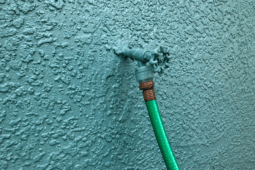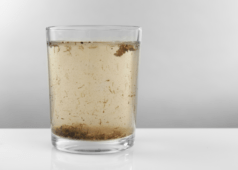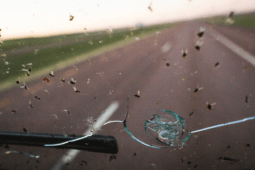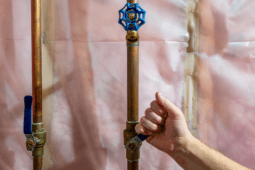How To Make Homemade Char Cloth
Starting a fire can be a challenge. There is a memorable scene in the film, “Jeremiah Johnson” where the mountain man has carefully started a fire in the midst of a raging blizzard only to have a chunk of snow fall off the branches of the spruce tree he’s huddled underneath and completely quench the flames. You’re not likely to find yourself in that situation, but there are times when starting a fire—and starting one easily—can be important.
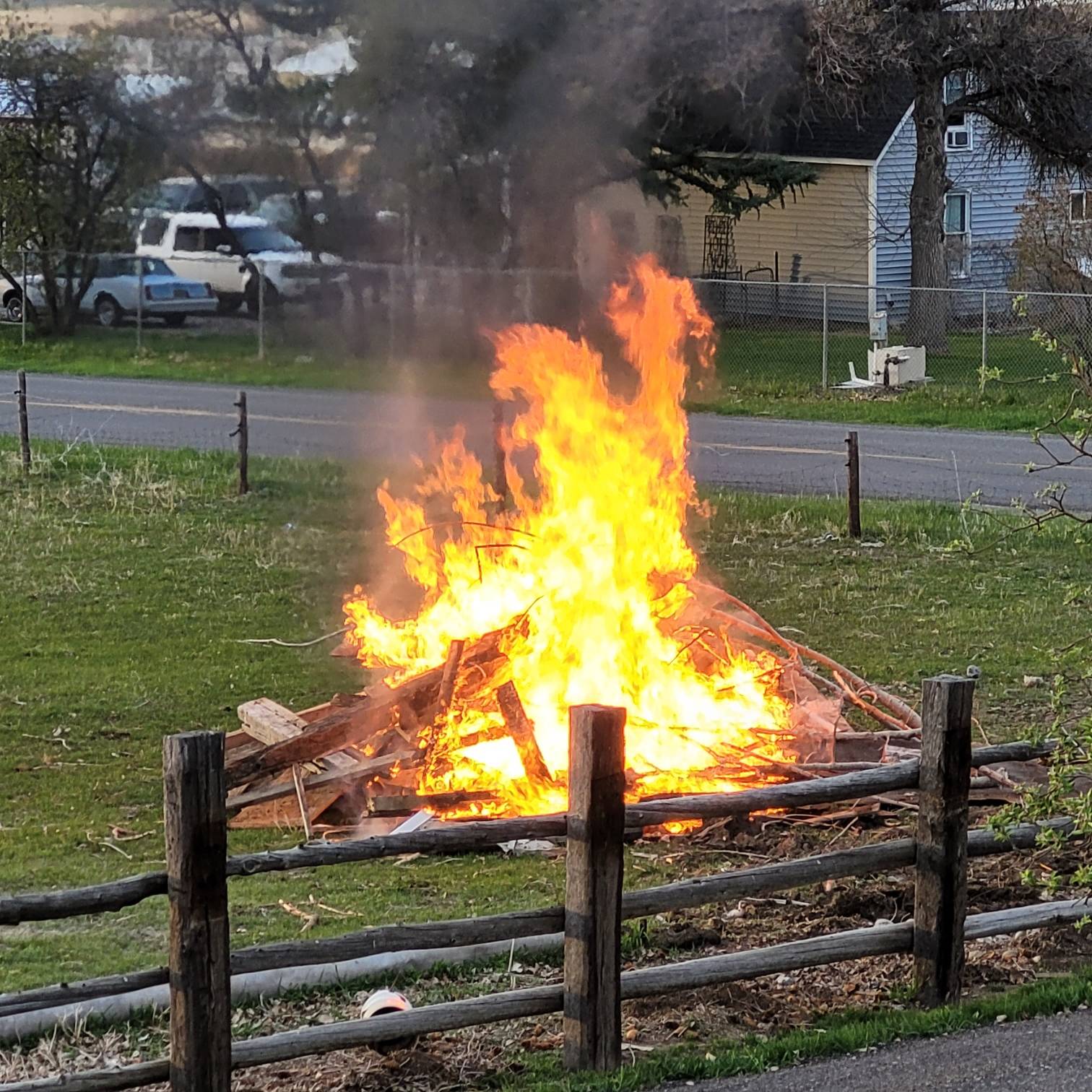
There are many ways to get a fire going, but one of the easiest methods to start a fire is to use char cloth in a base of kindling. Char cloth can be purchased at just about any sporting goods store, but you can make your own for relatively little cost.
What Is Char Cloth
Char cloth is made of natural fibers, altered by heat to quickly combust when exposed to a match. It’s imperative you have a char cloth that can be ignited at a low temperature. You might think of it as cotton charcoal, since the process that converts wood to charcoal is very similar to the one that creates char cloth from cotton, or other organic fibers.
The idea is to break down, through heated decomposition, the molecules of the fiber. It’s a process called pyrolysis that converts the cloth to a form of carbon, a form that will easily ignite. In the “cooking” process a chemical reaction takes place that converts the cotton by removing these molecules via exhausted gas. That comes from heating the cotton in a sealed chamber that doesn’t allow oxygen inside to create normal combustion.
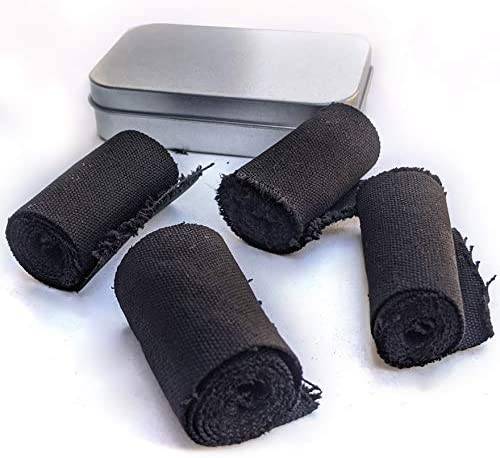
Material Needed To Make Char Cloth
You need just three things to create char cloth:
- A heat source
- Cotton or other fibers
- A sealed container with a small vent hole at the top
Heat Source
The best heat source is an open flame, but you need to keep the flame at a minimum since the gas escaping during the process is flammable and could flare off if exposed to flame.
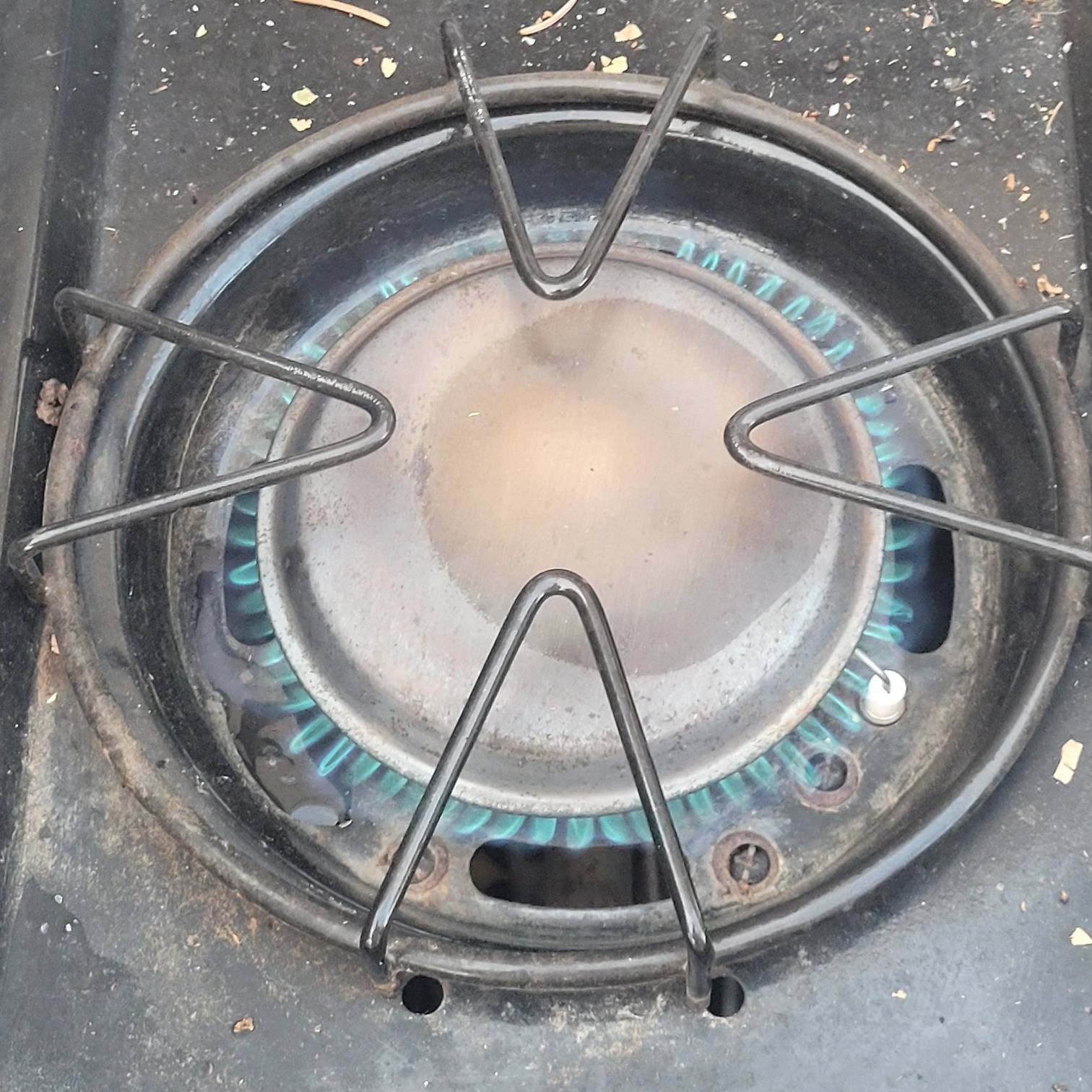
Cotton or Other Fibers
Cotton is the base material for your char cloth, and what cotton you choose will matter on the char cloth’s effectiveness. Cotton balls—100% cotton balls—or solid cotton cloth for this process. All-cotton t-shirts are a great source of fibers, and the older the t-shirt the better, since the worn fibers will convert to char cloth easier and make great fire starters.
Other fibers are entirely your choice. In tropical regions they use coconut husks, or jute, to create char cloth, but any natural plant fiber will do the trick, cotton is just easier to find than other materials.
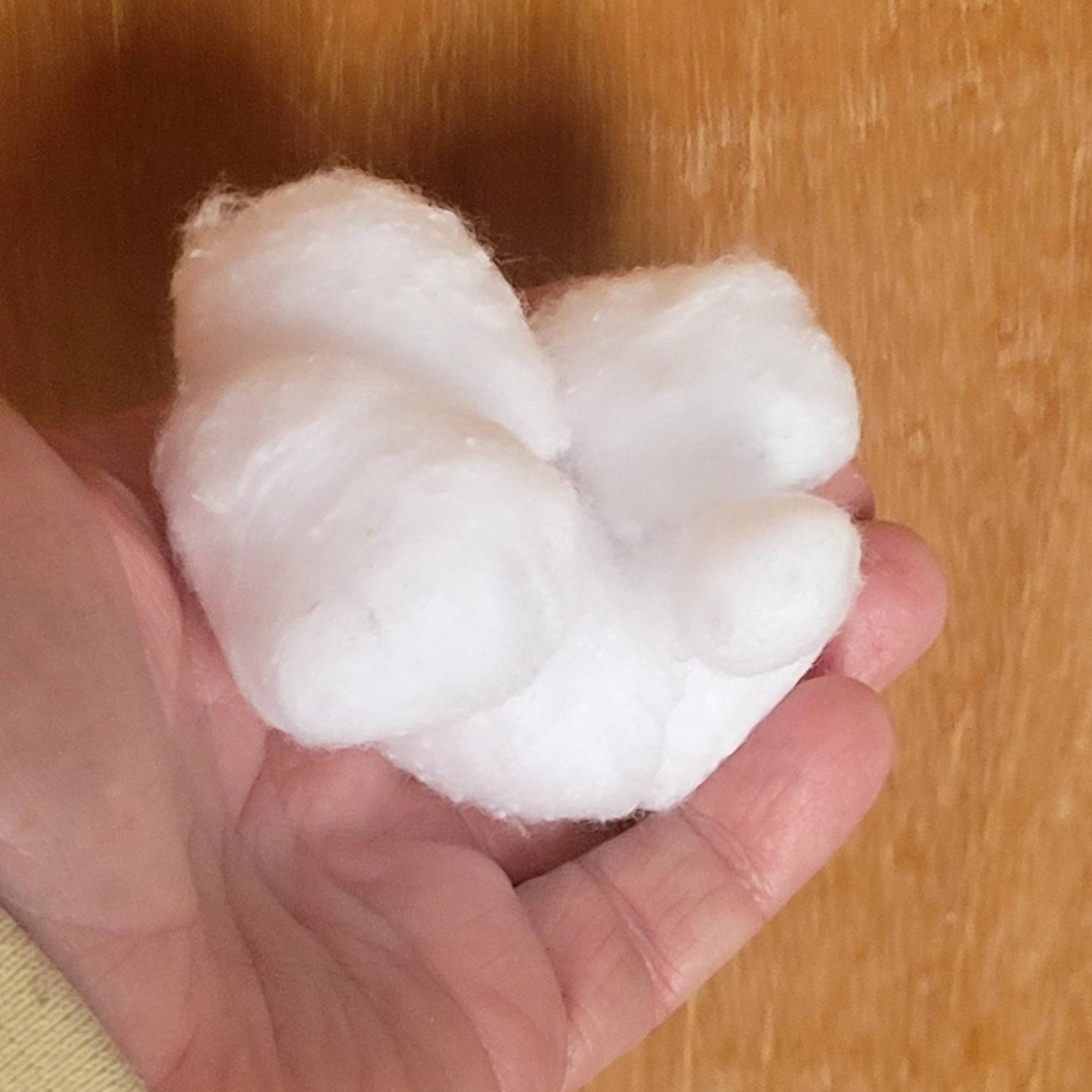
Your Container
The final component is a metal container that can be opened, sealed again, and used to heat the fibers. A tin like an Altoid container, or maybe a metal cookie box that can seal tightly will work. The bigger the container the better, you won’t make much char cloth with a small tin. Finding the metal container is often the biggest challenge in this process. Whatever you find, make sure there is a tiny hole to release the gas, but not a hole big enough to allow oxygen to flow into the container.
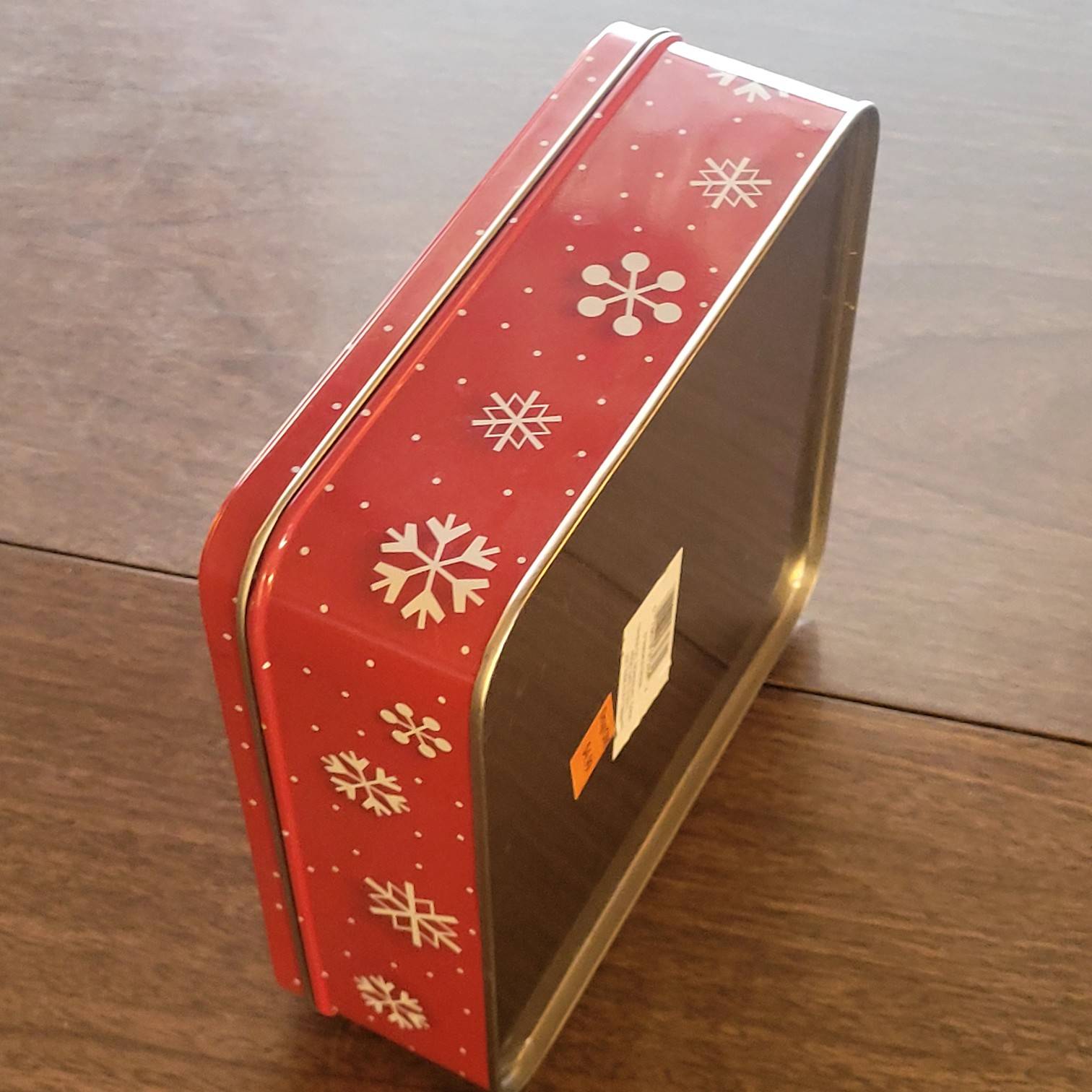
How To Assemble
- Place the cotton or fiber inside the tin
- Seal the tin
- Place the tin over an open flame and watch carefully as the gas begins to escape
- When the gas stops flowing, let the tin cool, open it, and flip the material upside down. Repeat the heating process until no gas escapes.
- You’ve created char cloth!
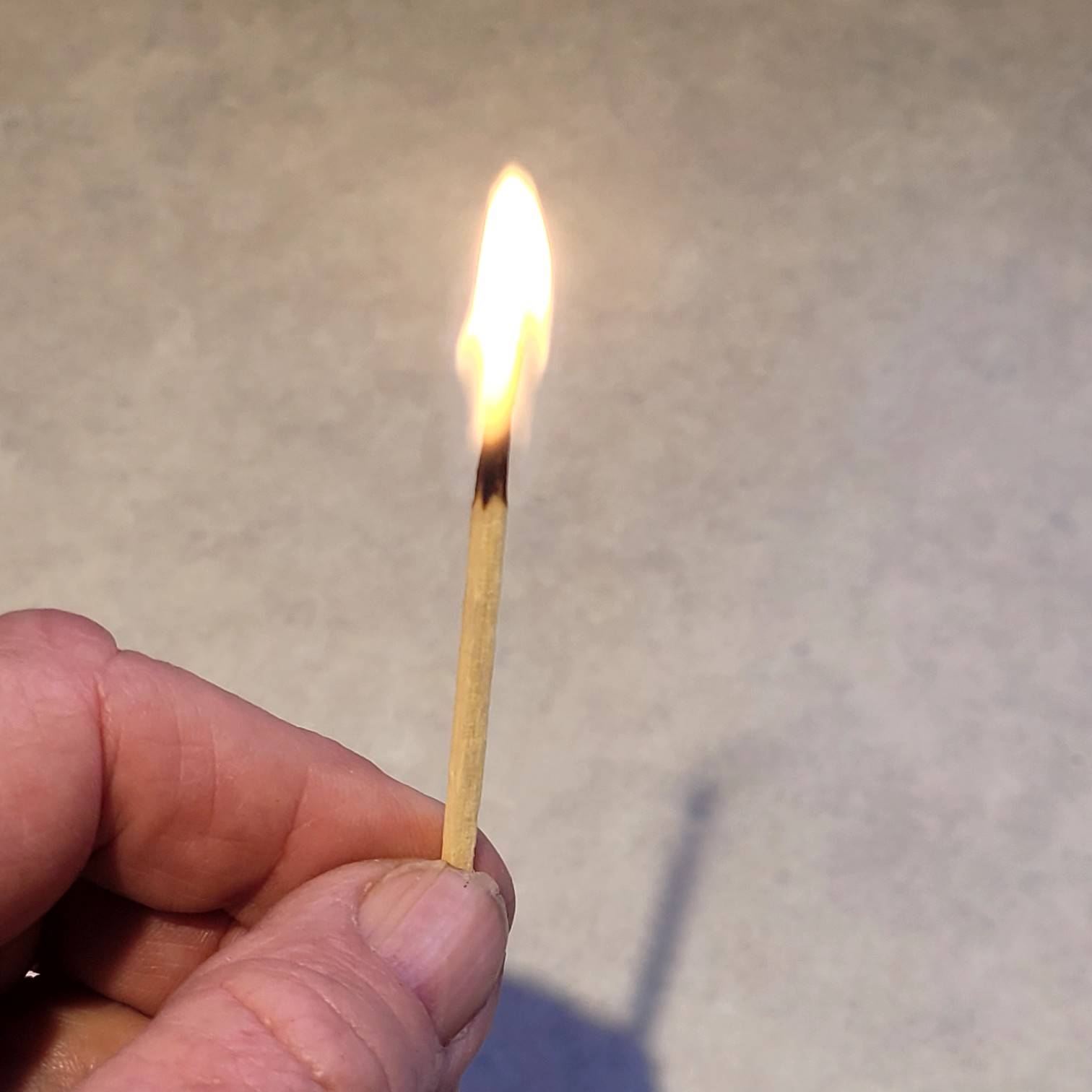
Storing Your Char Cloth
Place the char cloth once it cools in an airtight, waterproof plastic bag and you’re all set to start a fire in the wilderness.

